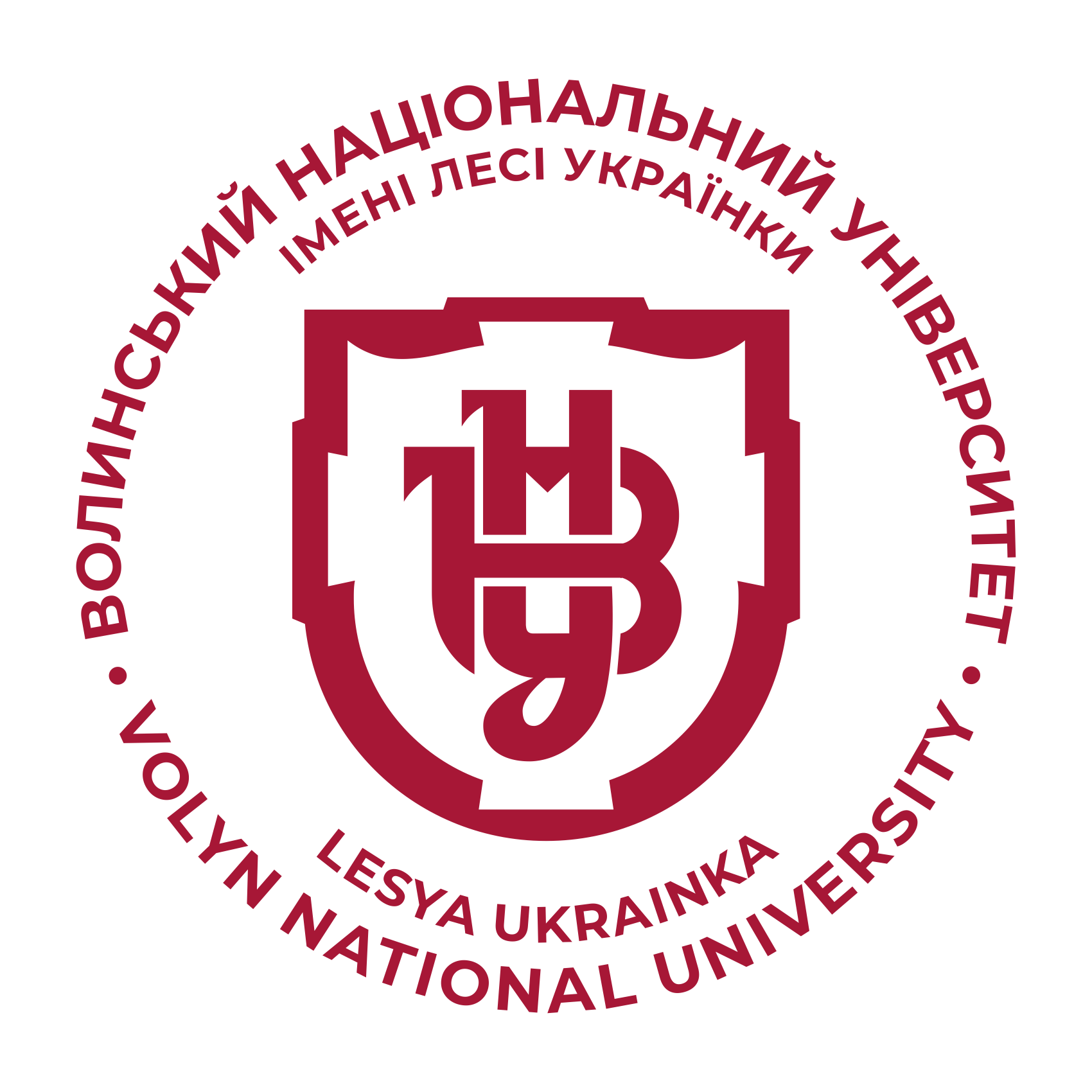РИЗИК-МЕНЕДЖМЕНТ ПРОЕКТІВ ДЕРЖАВНОГО РЕГУЛЮВАННЯ РОЗВИТКОМ ІННОВАЦІЙНИХ КЛАСТЕРІВ
DOI:
https://doi.org/10.29038/2411-4014-2020-02-17-24Ключові слова:
ризик, управління ризиками, проект державного регулювання, інноваційний кластер, алгоритм, модельАнотація
Анотація. Кластеризація ініціює інноваційну активність на всіх фазах відтворення шляхом зниження бар'єрів вступу до ринку і транзакційних витрат на пошук інформації, створення умов для залучення додаткових фінансових ресурсів, формування попиту на висококваліфіковані кадри. У зв’язку з цим, особливої актуальності набуває забезпечення ефективного функціонування та розвитку інноваційних кластерів у країні шляхом розробки та реалізації проектів їх державного регулювання.
Метою дослідження є розробка алгоритму відбору проектів державного регулювання розвитком інноваційних кластерів з елементами ризик-менеджменту.
Результати. Досліджено теоретичні аспекти реалізації проектів державного регулювання розвитком інноваційних кластерів. Схематично відображено модель ризик-менеджменту проектів державного регулювання розвитком інноваційних кластерів. Встановлено, що модель ризик-менеджменту проектів державного регулювання розвитку інноваційних кластерів включає декілька етапів: збір та аналіз інформації; визначення основних цілей та стратегічних орієнтирів; вибір методів та інструментів для оцінки ризиків; ідентифікація та оцінка ризиків; розрахунок показників ризик-ефективності; оцінювання ефективності проекту; моніторинг і контроль за реалізацією проекту. Запропоновано алгоритм відбору оптимальних проектів державного регулювання, що грунтується на формуванні панелі індикаторів і розрахунку інтегрального показника, за яким здійснюється ранжування як самих проектів, так і місць їх застосування з точки зору територіального і галузевого аспектів.
Висновки. Встановлено, що інноваційні кластери у процесі свого функціонування, ефективність якого підвищується при реалізації проектів державного регулювання їх розвитком, відчувають на собі вплив факторів, що зумовлюють різні види ризиків. При цьому виникнення ризиків є системною ознакою господарювання в ринкових умовах і тому їх облік повинен проводитися на всіх етапах життєвого циклу проекту з урахуванням змін як у внутрішньому, так і у зовнішньому середовищі, і пов'язуватися з основними показниками діяльності певного інноваційного кластеру. Використання запропонованого у дослідженні алгоритму відбору проектів державного регулювання розвитком інноваційних кластерів сприятиме вибору оптимальних проектів із сукупності наявних проектів для реалізації, а також підбору і визначенню найбільш відповідних місць їх застосування







